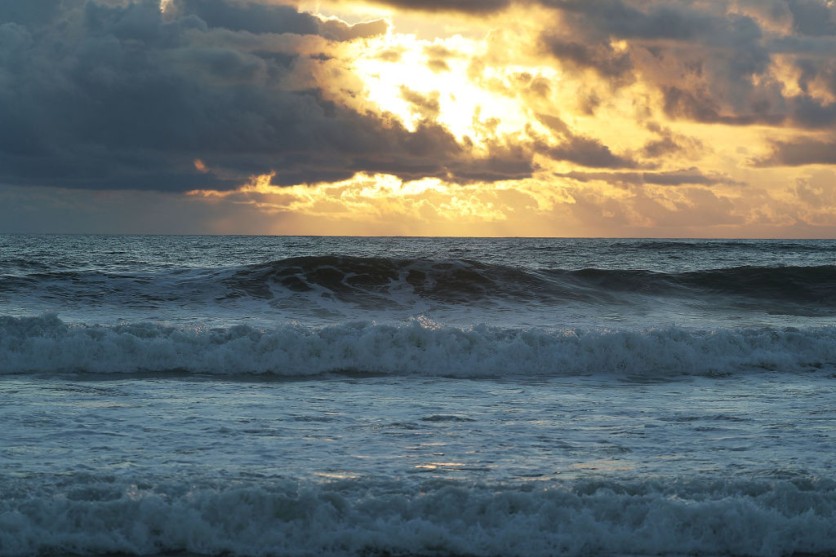A group of Chinese researchers has moved one step closer in their pursuit of clean, renewable energy by converting seawater into hydrogen and oxygen.
Xie Heping, a researcher from Shenzhen University and state-owned wind turbine maker Dongfang Electric, led the offshore platform development that utilized both wind and solar power in the first successful attempt to produce green hydrogen directly from seawater without the need for desalination.

Environmental-Friendly Method
According to South China Morning Post, the platform, called "Dongfu Number One," is anchored in the waters of Southeastern China off the Fujian province's coast.
The 63 square meter or 678 square feet floating platform can withstand high waves and strong winds moving 34 to 40 knots. During 10 days of testing from its inaugural run last May, the offshore platform has successfully produced green hydrogen directly from seawater.
CGTN reported that the platform integrates multiple systems, which include in-situ electrolysis, intelligent energy conversion management, and safety detection and control systems.
By combining the hydrogen production system with a stable offshore wind power supply system, Chinese researchers created an environmentally friendly floating farm that electrolyzes seawater into hydrogen without causing undesirable pollution or side effects.
According to Xinhua, the experiment not only validated the device's anti-interference capacity but also generated valuable data. The project reportedly became "an exemplary case of transitioning from academic achievement to industrialization."
Despite gusty winds, one-meter-high waves, and a rainstorm, the platform was reported to have generated hydrogen "stable" for more than 240 hours at the Xinghua Bay offshore wind farm off Fujian province.
Researchers said the system maintained an impressive ion rejection rate of over 99.99% after 10 days of operating in the seawater, producing at least 99.9% pure hydrogen.
Xinhua reported that this technology, jointly developed by Dongfang and the Chinese Academy of Engineering, was detailed in a study published in the journal Nature last November.
Requiring Extensive Equipment
While this technology introduces a new and better approach, it also adds complexity to the process as it requires extensive desalination equipment and large land resources, Wind Power reported. However, without the need for desalination, the floating platform still offers a cost-effective alternative to current industrial production.
With this technology, hydrogen could be generated directly offshore using power from nearby wind turbines and then pumped to shore via pipeline. It could reportedly be cheaper than sending offshore wind power along subsea electricity cables and generating green H2 onshore.
The study developed by Dongfang and the Chinese Academy of Engineering was listed in March as one of the top 10 scientific advances of 2022 by China's Ministry of Science and Technology.
Scientists worldwide have been searching for ways to produce hydrogen by electrolyzing direct seawater since the 1970s. Thus, the study became a big deal that led to earning recognition. Dongfang Electric Corporation has been helping to industrialize the production of the technology in an effort to ensure a stable supply of offshore wind power.
According to CGTN, oceans are the largest source of hydrogen gas. However, the seawater's composition contains over 90 chemical elements with many microorganisms and suspended particles, bringing corrosion and toxicity issues, catalyst inactivation, low electrolytic efficiency, and other technical challenges.
Related Article : MIT Researchers Propose Direct Carbon Capture from Seawater

![Apple Watch Series 10 [GPS 42mm]](https://d.techtimes.com/en/full/453899/apple-watch-series-10-gps-42mm.jpg?w=184&h=103&f=9fb3c2ea2db928c663d1d2eadbcb3e52)



